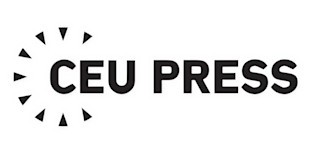Acknowledgments
Preface
PART I. Typology
The Underground and the City, Pre- and Post-1989:
An Effort to Interweave Concepts
Paranoid Schizophrenia:
Dissent, the Underground, and Cultural Fissure
Subverting Official Claims to Centrality:
Overcity/Undercity, City/Country, East/West
Verticality as Metaphor:
The Romantic Era and the Underground as a Historical Location
PART II. Figures, Works, Groups
Last Exit:
Egon Bondy’s Anti-flâneurs under the Wheels of Madame Prague
Urban Disaffiliation:
The Swan Songs of Ivan Martin Jirous
Disgusted in Bratislava:
Vladimír Archleb’s Lyrically Vulgar Dandyism
Christ Quieted:
Marcin Świetlicki, Kraków, the Underground, and Pop
The Joy of Failure, or Underground and Generation:
Jacek Podsiadło’s Road Story en Route to Bratislava
My City’s Me, It’s Many:
Peter “Firefly” Wawerzinek, the Palaverer of Prenzlauer Berg
Anticolonial Myth, Pop, Punk—and the End of the Underground?
The Topol Brothers’ Dog Soldiers Songs
Romani and Vietnamese in Prague:
Jáchym Topol Bids Farewell to the Tripolis Praga
A Detour to Moscow:
Vladimir Makanin’s Underground Fantasies, or the Snare of the Subterranean
“Cherboslovats, Romongolians, Sweeks”:
Yuri Andrukhovych’s Moscow as a “Junkspace” of Cultures
Planar Cities and Their Urban Devastation:
Andrzej Stasiuk’s Post-Socialist Warsaw
Aggressive Localism:
Andrzej Stasiuk and Yuri Andrukhovych as Secretaries of the Provincial
Backstory “Metropolis, Mass, Meat Factory”:
Tot Art, the Orange Alternative, and Other Chefs of the “Semantic Porridge”
“It All Started in Gdańsk!”:
Berlin’s Club of Polish Losers
Conclusion or, Entropy of the Underground
Bibliography
List of Illustrations
Name Index






